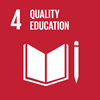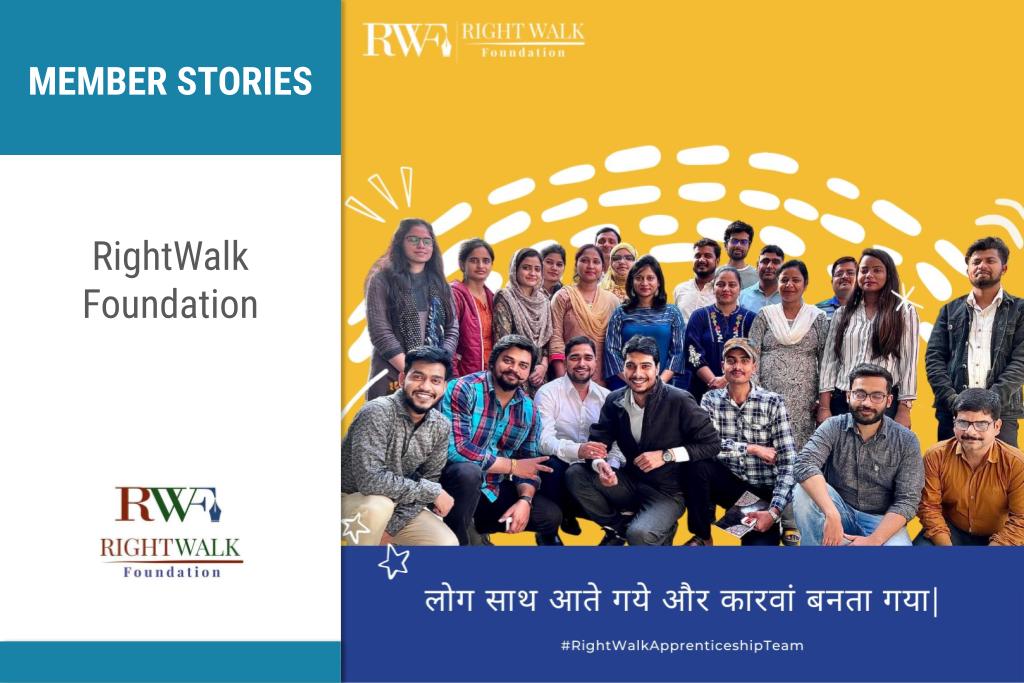


RightWalk Foundation serves the people of Uttar Pradesh, the most populous state of India. It works with children and youth from the Economically Weaker Section (EWS) and Disadvantaged Groups (DG), ensuring equal access to educational opportunities.
Social entrepreneurs are known for finding solutions for society’s problems. What is the problem that you are addressing, and what is your solution?
RightWalk Foundation seeks to transform the Indian social system which is based on economic inequality and caste/religious segregation. Here, social institutes are built into the market which is why vulnerable groups are typically considered (if considered at all) as charities for potential donations rather than proactive right holders.
This explains why welfare schemes go wasted instead of reaching the people they are meant for.
The people of Uttar Pradesh most affected by lack of welfare support are those from socially and educationally disadvantaged groups (about 81 million people), scheduled castes (41 million), and tribes (1 million). Furthermore, about 20% of men and 41% of women are illiterate, which demonstrates the urgent need for inclusive schooling.
Engagement and retention of girls is especially critical – traditionally, parents choose to invest in sons’ education, leaving daughters behind. We have set the government machinery in motion by using a 25-times more cost-effective approach to policy implementation. For example, we spent INR 30 million unlocking over INR 300 million of public money, thereby benefiting 350 000 children in seven years.
We’ve increased the presence of girls in private schools from 35% to 48%. Now, we are also working on improving the Apprenticeship Scheme (NAPS) implementation to tackle the growing unemployment rate impacted by the pandemic and will support youth with ‘learn and earn’ opportunities.
Our goal is to help girls and boys get a profitable profession as well as increase female presence in the typically male-dominated work areas. Daily, we deal with slow government processes, hesitant industry representatives, unaware of the apprenticeship scheme benefits, and challenging data collection. Nevertheless, we’ve already increased the number of individual apprenticeship portal registrations to 70 000 and the number of signed apprenticeship contracts to 10 000. We plan to replicate our intervention models in other Indian states in the near future.

